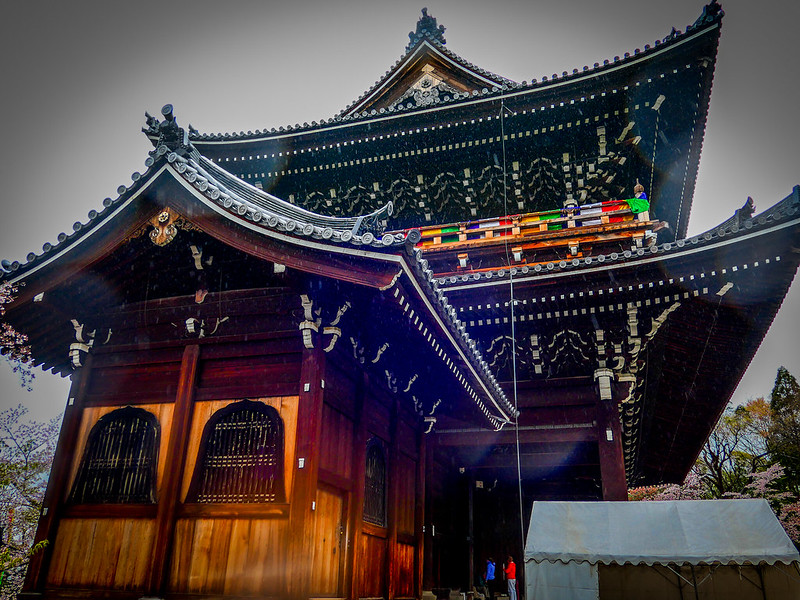
One of the best things about visiting Chion-in, aside from making it to one of my bucket list locations, is the fact that I got to experience a magnificent area full of history.
This location is no doubt one of the best temple locations in terms of sheer size and offerings.
But I do leave the area with some regrets. For one, I wasn’t able to see too much due to the heavy storm on the day that I went. It was raining so hard that it was cold, miserable and I vowed that I will make a return to this location again someday.
Another regret is that I wished I visited the official website because there are so many more locations that I never really knew about.
And last, I can’t believe I didn’t shoot any video from this location. Every temple I visit, I take video but because of the storm, I didn’t take anything but photos. And the photos I did take, were full of raindrop smears on the lens.







In addition to the numerous buildings that I was unable to see or was aware of, there is also the “Seven Wonders of Chion-in”.
The Nightingale Hallway: The Buddah’s vow (a hallway that makes a sound similar to a nightingale) and the floorboards creak, the less noise you try to make.
There is the plainwood coffins of Gomi Kinemon and his wife, two individuals ordered by the Tokugawa Shogun to construct the Sanmon. Supposedly the two poured all their energy into building the Sanmon and they carved their own wooden statues. After the Sanmon was completed, the two killed themselves.
There is the “Forgotten Umbrella” found on the southeast section of the front of the Miedo. According to legend, the umbrella was left by master carpenter Hidari Jingoro. Another legend is that it was left behind by a white fox as a sign of gratitude to Reigen, who protected the foxes nest during the construction of the Miedo.
Nukesuzume are fusuma-e (paintings on sliding doors) which were created by Kano Nobumasa. Supposedly that there were sparrows above white crysanthemums and that the birds came to life and flew away.
“Sanpo Shomen Mamuki no Neko” is a picture painted on the cedar doors in the hallway in theOhojo and is unique because the cat looks in your direction no matter which way you look from.
“Oshakushi” is a giant rice paddle about 2.5 meters long and weights 30kg. According to legend, Seikai Miyoshi, during the Osaka Summer Campaign of 1614, used the rice paddle to scoop rice for the soldiers.
The last is Uryuseki, a large rock located in front of the Kurumon (Black Gate). According to the legend, Gozu Tenno, a deity from the Yasaka Shrine, descended upon the large rock and night gourds started to grow from it.
I’m not sure if its possible to get close or even view these Seven Wonders, but I do know that it would be great to visit and see it close up.
I intend to visit Chion-in again. Hopefully, during better weather.
